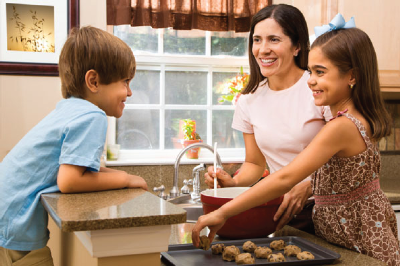High-Rise Condo Avoids High Energy Costs
The Problem
As energy costs increase, proper precautions must be taken to ensure that residential buildings maintain low costs while still providing adequate cooling for their residents. As one of the tallest residential buildings west of the Mississippi River, it was a tall task to provide comfortable indoor air without being wasteful. It was vital for the team of Austin, TX engineers to be on the cutting edge of technology when designing this monumental building. An effective way to provide outside air to the building is the use of Dedicated Outside Air Systems (DOAS).
By separating outside air units from the recirculating air units, dehumidification is achieved in a better, more efficient way. Moreover, by raising the temperature of the supply air to the equal that of the space, neutral air is obtained and overcooling the space is avoided, resulting in better Indoor Air Quality (IAQ). Heat Pipe Technology's Dehumidification Heat Pipe Systems help these DOAS units turn supply air into neutral air without the high costs typically associated with achieving neutral air.

The Solution
Heat Pipe Technology's wrap-around Dehumidification Heat Pipes (DHP™s) utilize the phase change of the working fluid to precool the outside air before entering the cooling coil and reheat the air after the cooling coil. This method has no moving parts and requires no maintenance. DHP™s also reduce the load on the cooling coil and provide adequate reheat to meet neutral air requirements without the high cost typically associated with this approach.
Use HPT SelectPlus™ to design with this product. Log on to www.heatpipeselect.com.

The Results
Four large dedicated outside air systems were designed to provide the building's outside air requirements. Heat Pipe Technology's DHP™s allow these units to supply air at 70°F at peak load conditions. This air is introduced to the common areas so that the zones with high moisture loads would not receive any excess cooling. This method also allowed the separate air handling units in each corridor to provide adequate moisture removal to the rest of the building, yielding higher efficiency, lower relative humidity, and decreased costs. The precool effect lowered the design cooling load by 28 tons and the reheat effect reduced the hot water reheat by over 400,000 BTUh!
Total annual savings for all four systems is estimated at over $120,000, resulting in a quick ROI for the installation.



